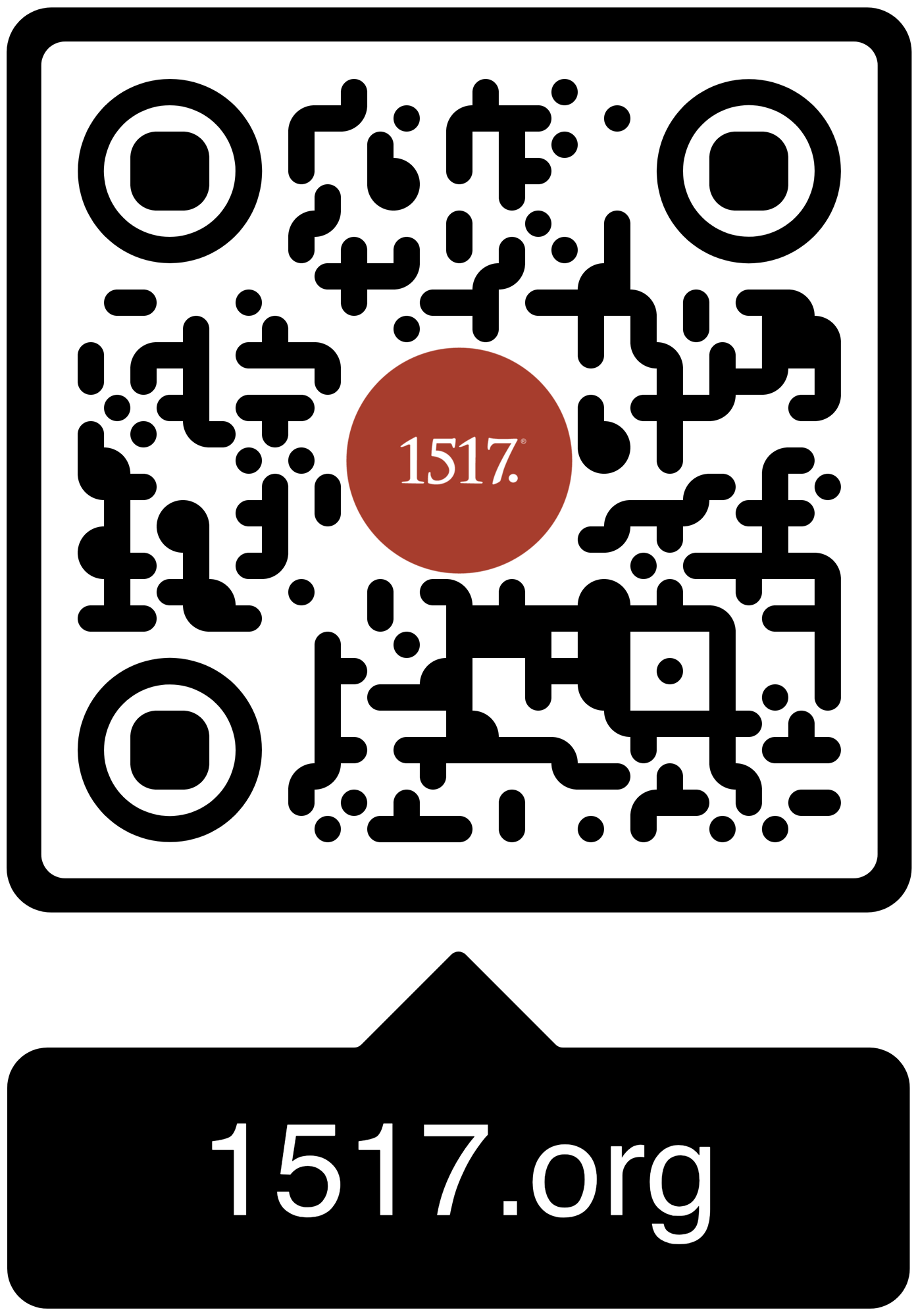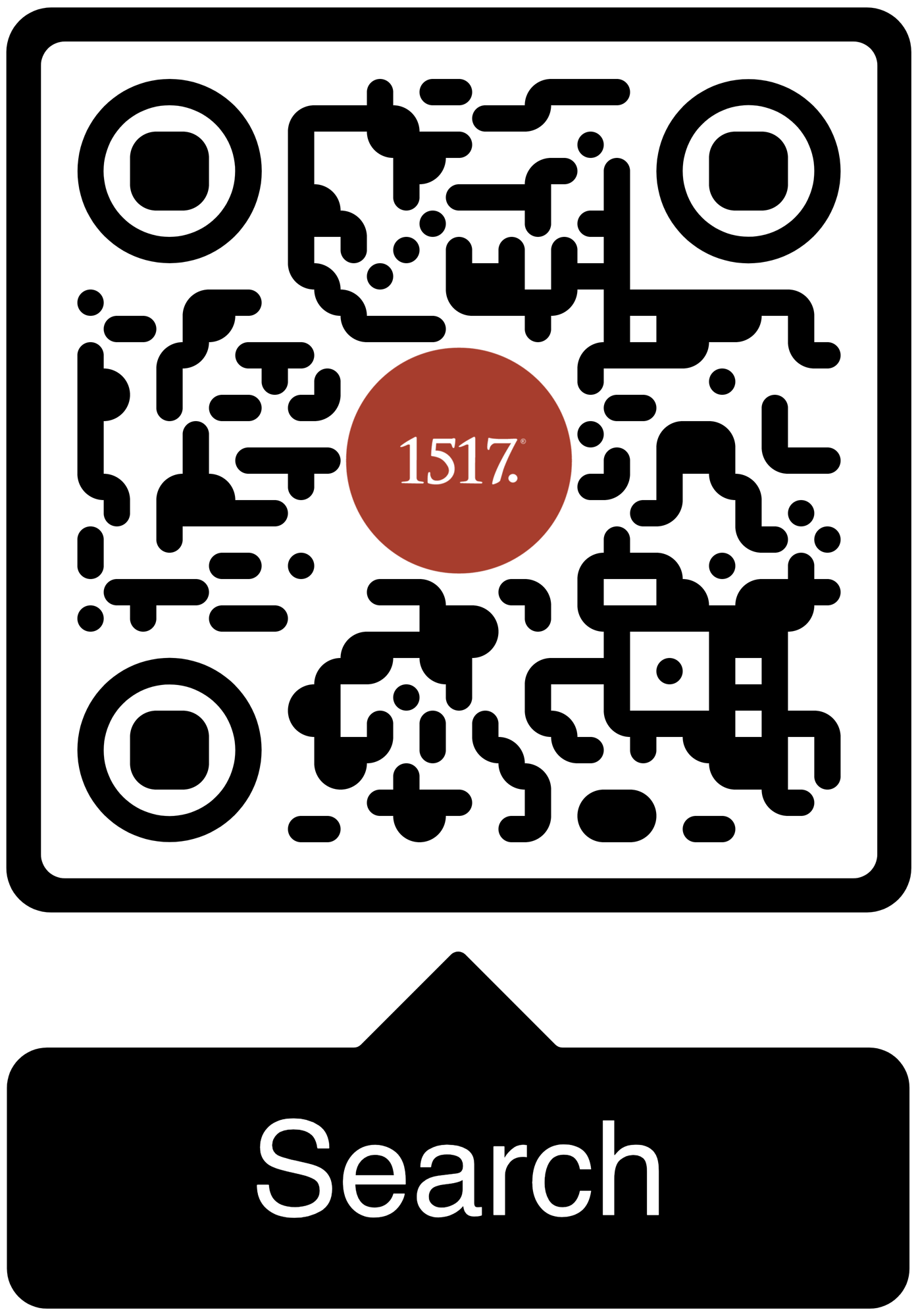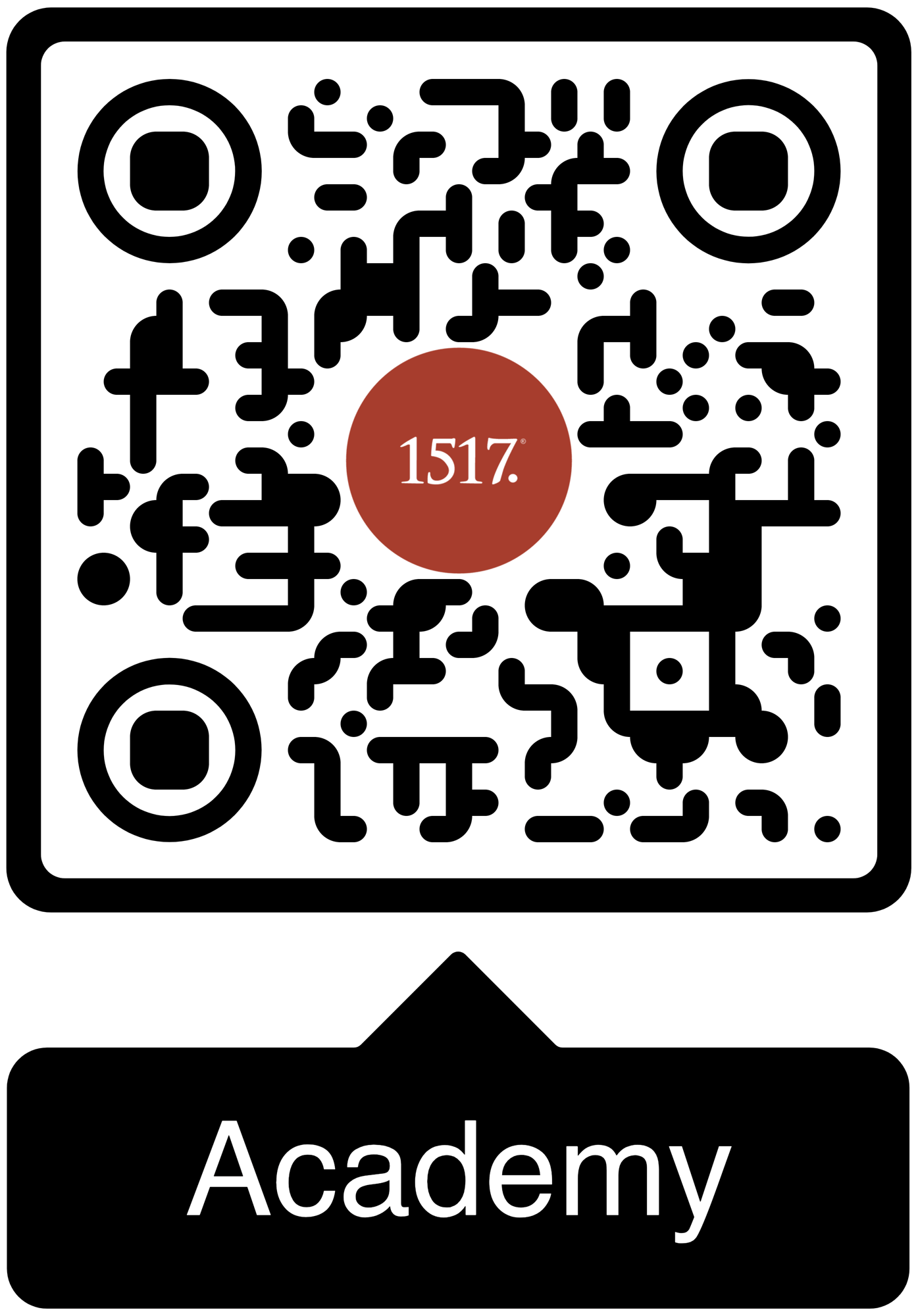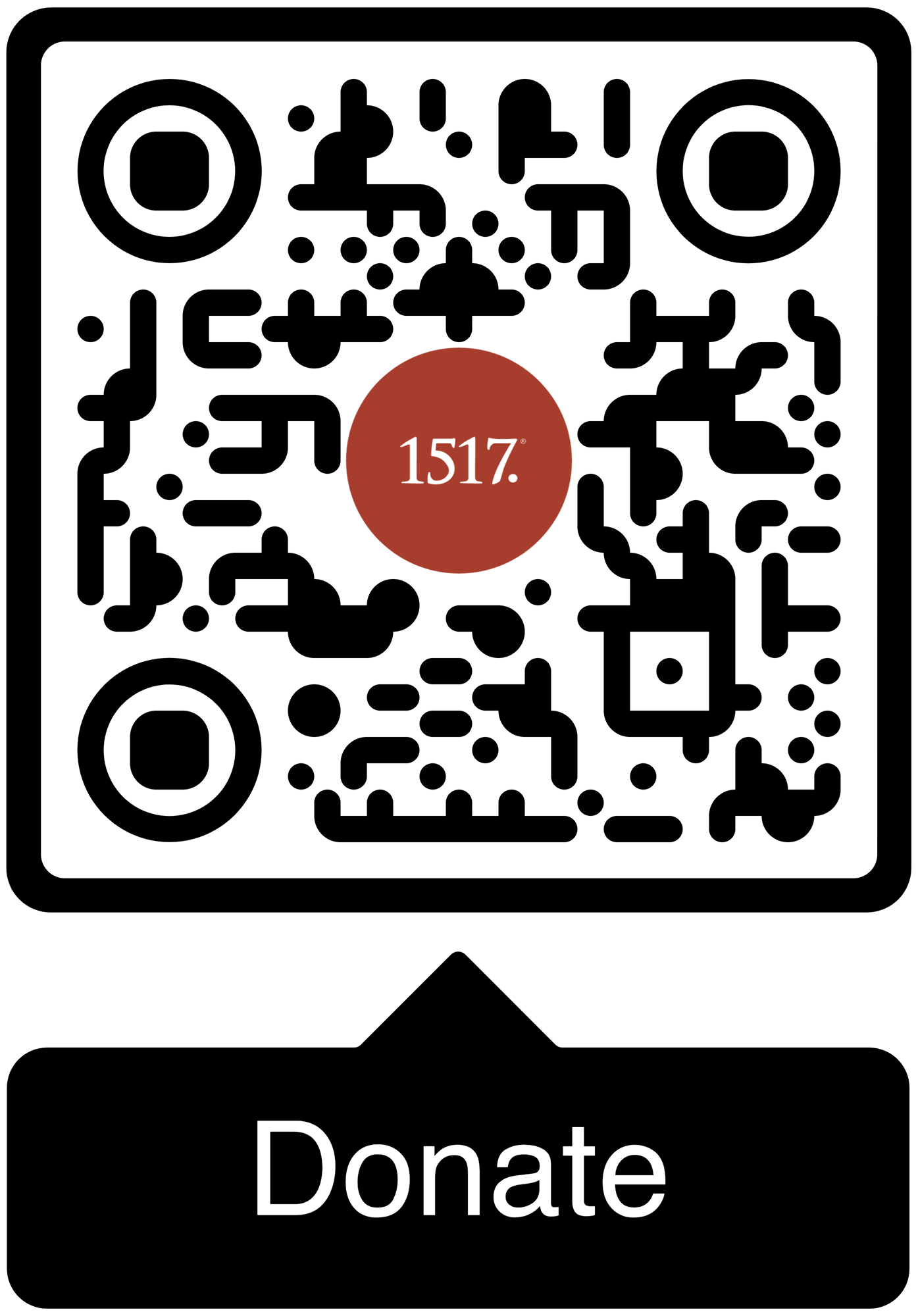Moses has a Second Commandment issue. Here you have an incredibly faithful guy who fails just once and is, therefore, barred from the promise.
Our text deals with the death of Moses on Mount Nebo. This means our narrative actually begins in 32:48 and is interrupted by chapter 33 where Moses remembers the blessing he spoke over Israel and then summarily concludes with our text as the final scene in the life of this prophet.
Moses is prevented from entering the promised land because of the events at the waters of Meribah (Numbers 20:9-13; 27:12-14; Deuteronomy 32:48-52). So, he must be buried on the east side of the Jordan river, never making it into the Promised Land in his lifetime. It is interesting how you have two options for gospel development in verse 4 of our text. These possibilities arise when picking a perspective of why Moses was not allowed into the Promised Land.
From God’s perspective, Moses is not permitted into the Promised Land because he “did not trust Me to sanctify Me before the people” (Numbers 20:12). Here it is clear Moses joined the rebellion against God and His Word. This preaching option emphasizes the impossibility of reaching the Kingdom of God by attempting to keep the Law. It reveals the strictness of the Law and the futility of thinking you could ever keep it perfectly. In catechetical terms, Moses has a Second Commandment issue. Here you have an incredibly faithful guy who fails just once and is, therefore, barred from the promise. Moses even pleads for grace in Deuteronomy 3:23, but God shuts him down. God says, “The die is cast,” and the judgement set. Grace cannot be merited or earned. Grace is grace. So, if Moses was to make it to the Promised Land it would have to be because of Jesus who gets him there. This is clearly seen at Jesus’ transfiguration. On Mount Tabor we do not have a hero showing up and showing off. We have a sinner in need of grace arriving there, in the Promised Land because of Jesus. But not because of what Jesus did on Tabor, but as a result of what He did for all sinners at Mount Calvary and three days later in His empty tomb.
So, if Moses was to make it to the Promised Land it would have to be because of Jesus who gets him there.
However, there is a completely different perspective on the reason for Moses’ final moments here on earth. This alternate viewpoint means you can preach a different gospel approach but not likely or advisedly both. Moses’ perspective (Deuteronomy 1:37; 3:23; 4:21) was God was angry with him on account of the people. Moses’ says to the people how it is “on account of you” that he bore the brunt of the sins of God’s people by taking His just wrath for their sins and dying there on the mountain. Here, you can see the vicarious nature of Moses’ perspective which points to a strong gospel proclamation of Jesus “as the greater prophet” than Moses who innocently bore the sins of all to sate the wrath of God for sin on Mount Calvary.
So, there you have it. Two options and one great text. One perspective takes you to the Gospel lesson and then on to Calvary and Easter. The other perspective may take you to Tabor but is primarily focused on Calvary.
The Epic Structure perhaps captures the “typology” move we need to accomplish for a sermon on this text:
“This structure utilizes an epic plot form as the progression of experiences in the sermon. The first experience of the epic form is immediate engagement in a conflict leading to a climax that is temporarily left unresolved. The second experience of the epic form involves an abrupt shift to reflection in a broader context (for example, the history which lies behind the conflict) that serves to intensify the importance of the outcome for the hearers. Often this experience is a movement backward in time from the opening conflict to the history leading up to that conflict. In this second experience, the sermon should offer information that brings the significance of the opening scene into view for the hearers. The hearers reflect on the broader context and realize what is at stake in this struggle. Also, this revelation of a larger framework can offer the hearers a glimpse of how the conflict will ultimately be resolved. It can provide a different way of looking at things which changes how they hear the opening scene and how the story unfolds. The final experience in the epic form involves a return to the conflict in order to move from climax to resolution. The sermon, therefore, ends with the hearer’s experiencing satisfaction as a significant matter is resolved in the sermon.”[1]
------
Additional Resources:
Craft of Preaching-Check out out 1517’s resources on Deuteronomy 34:1-12.
Concordia Theology-Various helps from Concordia Seminary in St. Louis, MO to assist you in preaching Deuteronomy 34:1-12.
Text Week-A treasury of resources from various traditions to help you preach Deuteronomy 34:1-12.
Lectionary Kick-Start-Check out this fantastic podcast from Craft of Preaching authors Peter Nafzger and David Schmitt as they dig into the texts for this Sunday!
The Pastor’s Workshop-Check out all the great preaeching resources from our friends at the Pastor’s Workshop!
-----
[1] https://concordiatheology.org/sermon-structs/dynamic/narrative-structures/epic-form/





